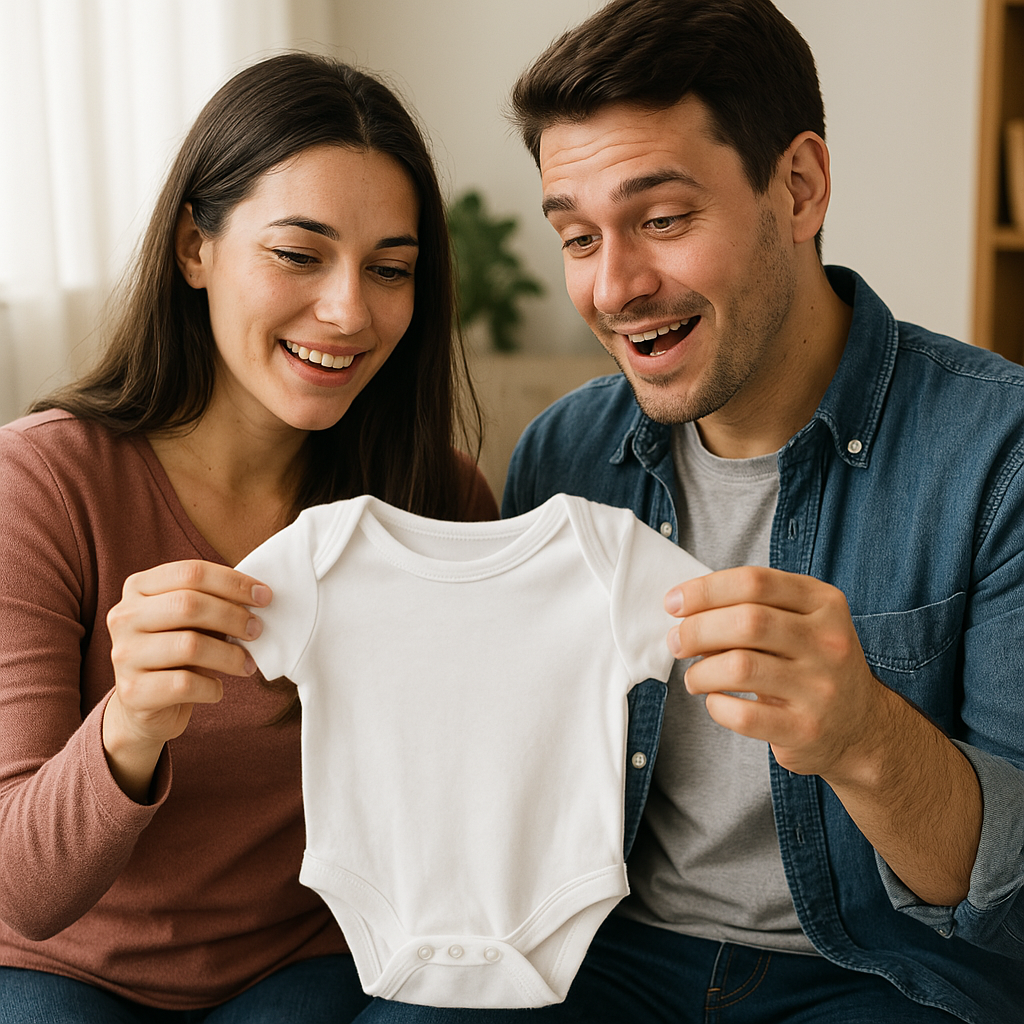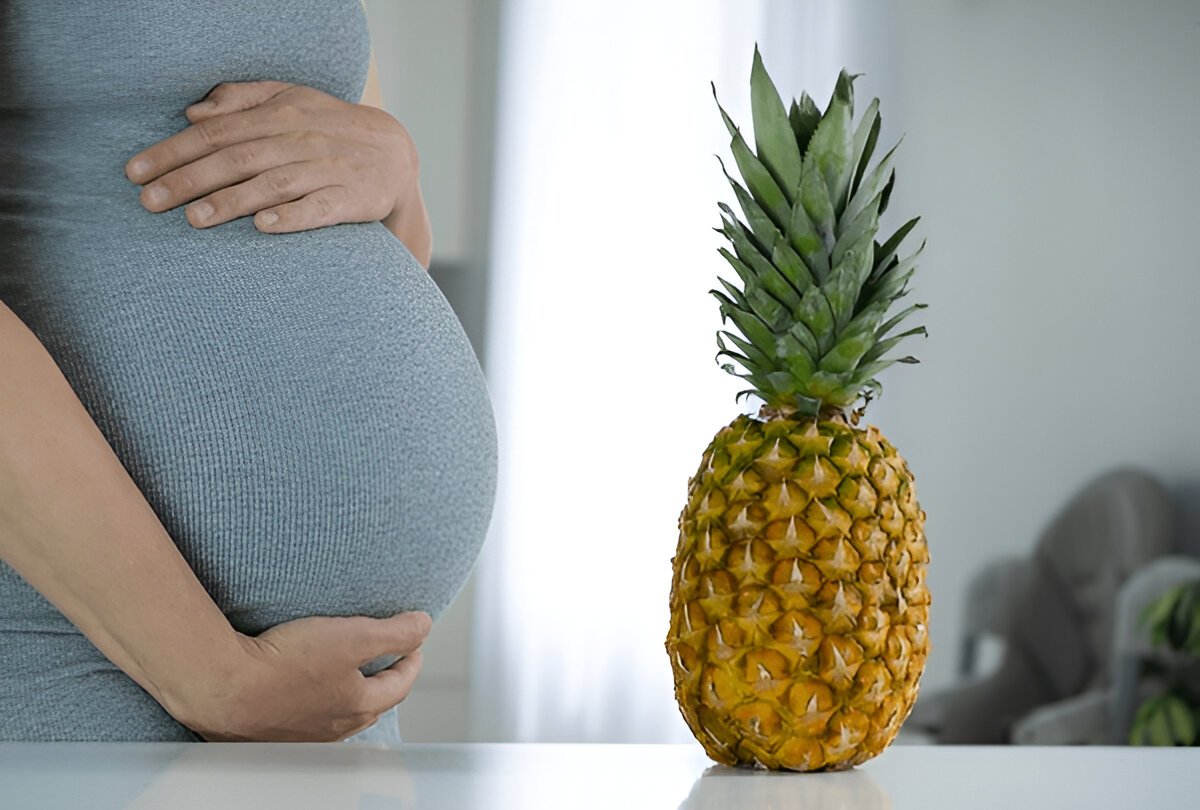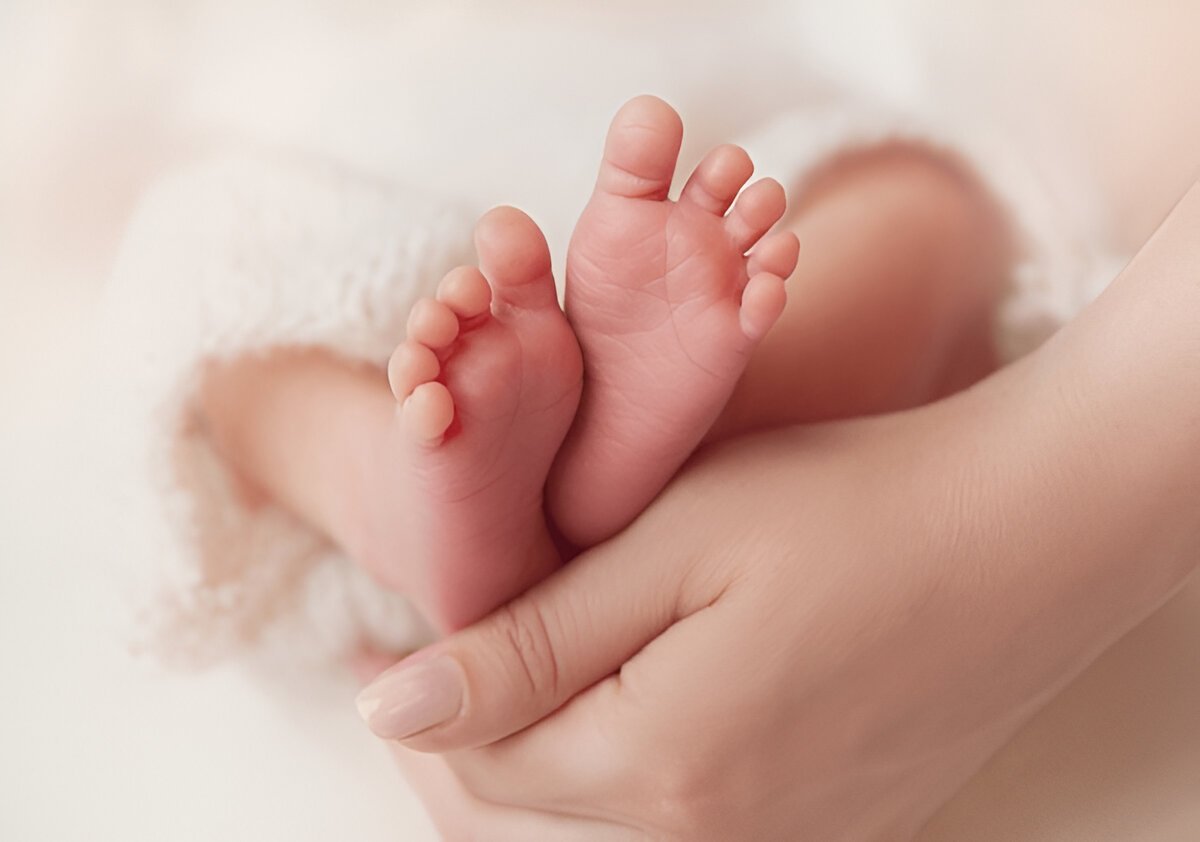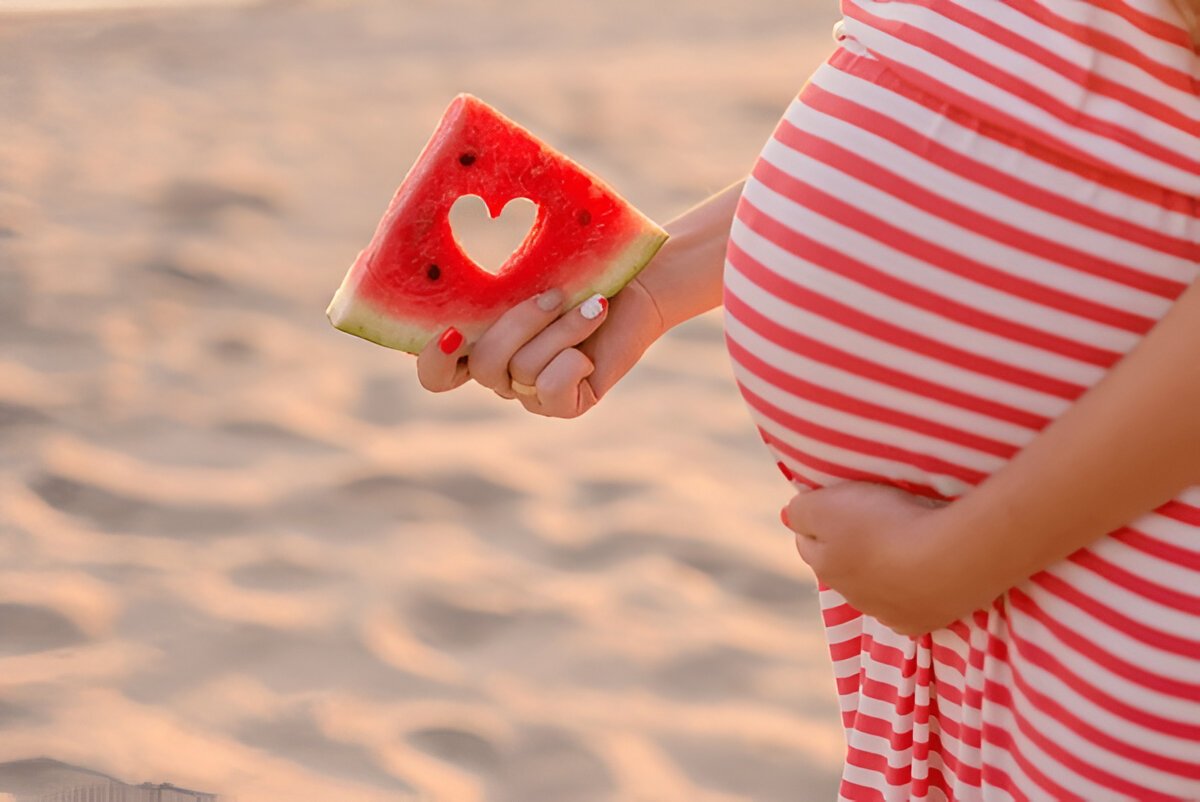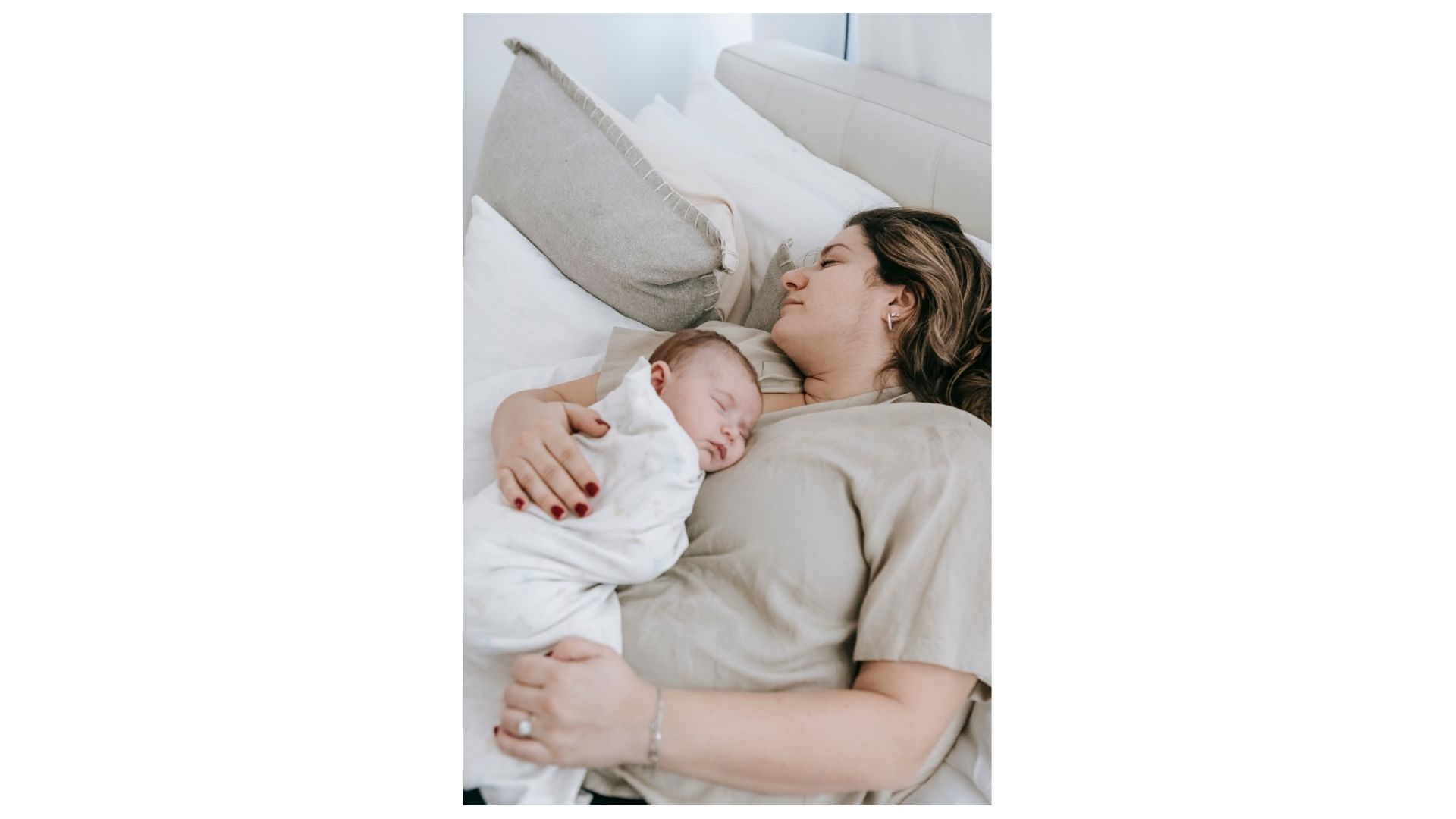When it comes to baby clothes, new parents often find themselves overwhelmed with choices. From selecting the right size to choosing the best fabric, there are plenty of questions that arise. In this article, we will address some of the most common concerns parents have about baby clothes, ensuring you make the best choices for your little one.
1. What Size Baby Clothes Should I Buy?
One of the biggest concerns for new parents is choosing the right size. Newborn sizes (NB) fit most babies up to 7 or 8 pounds, but many infants quickly outgrow them. Instead, it’s often recommended to buy 0-3 months as the starting size. Since growth varies, it’s best to have a mix of sizes available.
2. How Many Baby Clothes Do I Need?
Babies go through multiple outfit changes daily due to spit-ups, diaper leaks, and messes. A general recommendation is:
- 5-7 onesies
- 5-7 sleepers or bodysuits
- 3-4 pairs of pants
- 2-3 jackets or sweaters
- 5-7 pairs of socks
Having a few extra outfits ensures you’re prepared for any situation.
3. What Fabrics Are Best for Baby Clothes?
Soft and breathable fabrics like cotton are ideal for baby clothes. Organic cotton is a great choice as it’s free from chemicals and gentle on a baby’s delicate skin. Avoid synthetic materials like polyester, which can trap heat and cause irritation.
4. How Do I Wash Baby Clothes?
It’s best to wash baby clothes separately using a mild, fragrance-free detergent. Many parents opt for a baby-specific detergent to avoid harsh chemicals. Washing clothes before the first wear removes any potential irritants from the manufacturing process.
5. How Do I Choose Seasonal Baby Clothes?
The right baby clothes depend on the season:
- Summer: Lightweight cotton onesies, sun hats, and breathable fabrics
- Winter: Layering is key—bodysuits, sweaters, mittens, and warm socks
- Spring & Fall: Light jackets, long-sleeve bodysuits, and cozy pants
Dressing in layers helps regulate body temperature, keeping your baby comfortable.
6. Are Second-Hand Baby Clothes Safe?
Yes! Babies outgrow clothes quickly, so second-hand options can be a budget-friendly and sustainable choice. Just ensure the clothes are in good condition, washed properly, and free from any loose buttons or choking hazards.
7. What Should I Look for in Baby Sleepwear?
Baby sleepwear should be snug-fitting and made from breathable fabric to reduce the risk of overheating. Look for flame-resistant sleepwear or those labeled as tight-fitting to meet safety standards. Avoid loose blankets and opt for sleep sacks instead.
Spit-ups, milk, and food stains are inevitable. To remove stains:
- Pre-treat stains with mild baby detergent or baking soda before washing.
- Sun-drying baby clothes naturally helps remove stubborn
- Avoid harsh bleach as it can irritate sensitive skin.
8. What Are the Must-Have Accessories with Baby Clothes?
Besides basic clothing, you may need:
- Hats (for sun protection or warmth)
- Scratch mittens (to prevent self-scratching)
- Bibs (to manage drool and messes)
- Swaddles (for comfort and sleep)
These accessories make daily life easier and keep your baby comfortable.
Final Thoughts
Choosing the right baby clothes can be confusing, but with the right knowledge, you can make the best decisions for your baby’s comfort and safety. Whether you’re shopping for essentials, learning how to care for fabrics, or figuring out what sizes to buy, being informed helps you prepare for your baby’s needs.

